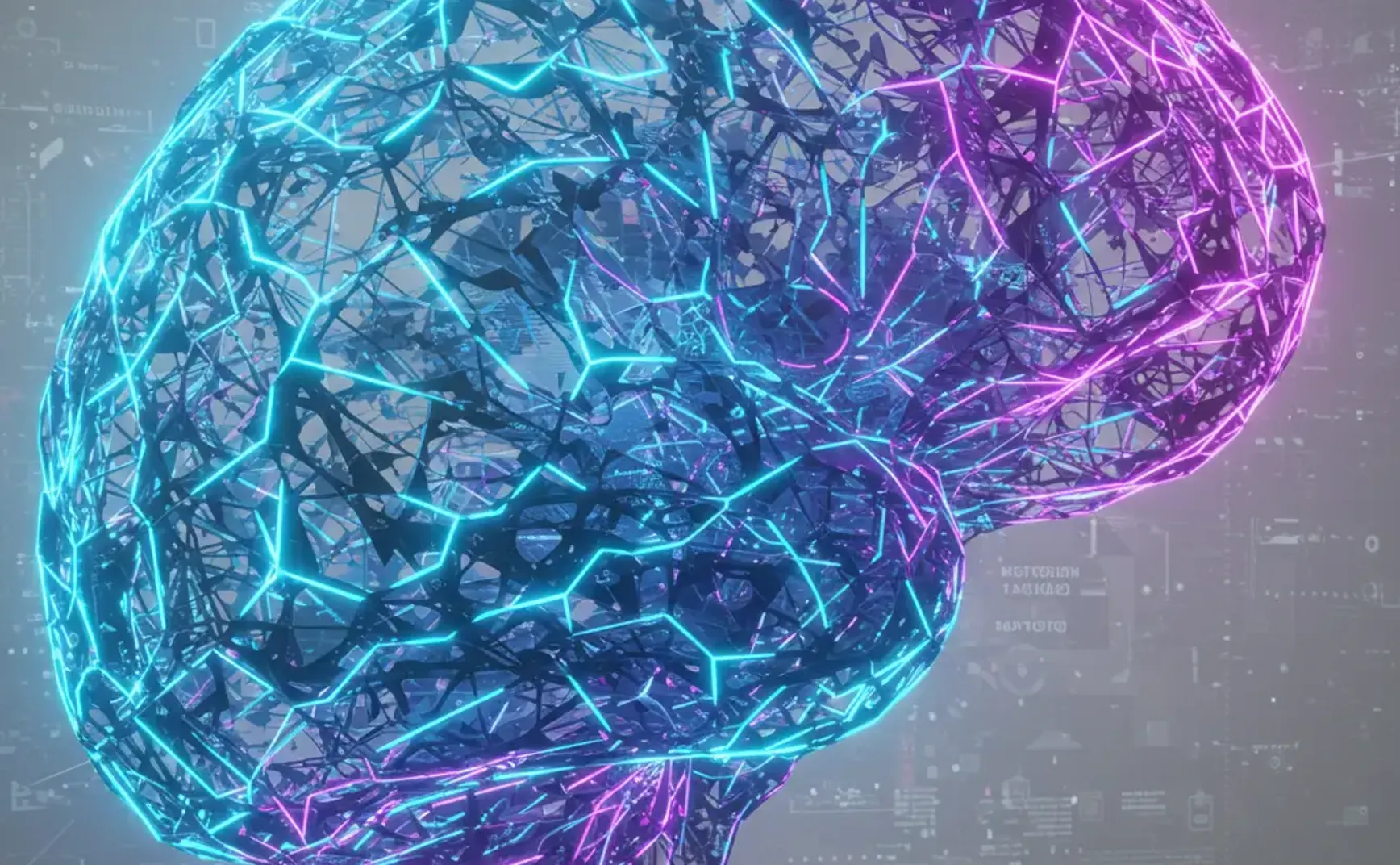Spin Glass Brain: My Journey Through a Hopfield Network Challenge
Category: AI-ML
Difficulty: Hard
Points: 60

1. Introduction: Diving into AI, ML, and Associative Memory
This write-up details my approach to cracking the "Spin Glass Brain" challenge, a fascinating problem rooted in the realm of Artificial Intelligence (AI) and Machine Learning (ML). The core task was to interact with a Hopfield network, a type of recurrent neural network (RNN), to retrieve 16 hidden patterns. Hopfield networks, invented by Dr. John J. Hopfield in 1982, are a classic example of auto-associative memory systems. They're designed to recall complete patterns when presented with partial or noisy input, much like how our own brains can retrieve a whole memory from a single cue. This challenge provided the network's weights, and my goal was to unearth these stored patterns, which, when ordered correctly, would spell out the flag.
2. Understanding Hopfield Networks: The Fundamentals
Before diving into the solution, it's worth covering some key concepts about Hopfield networks that were central to my approach:
- Neurons: These are the fundamental processing units. In this specific challenge, the 6400 neurons were bipolar, meaning their state could only be +1 or -1.
- Weight Matrix (W): This is a square matrix where
W_ijdefines the connection strength from neuronjto neuroni. A hallmark of Hopfield networks is typically symmetric weights (W_ij = W_ji) and often, though not always strictly necessary, zero diagonal elements (W_ii = 0). I experimented with the zero-diagonal assumption during the challenge. - Update Rule: This rule dictates how neurons update their states. A neuron
iadjusts its states_ibased on the weighted sum of its inputs from other neurons (the local field,h_i):s_i(t+1) = sgn(h_i(t))whereh_i(t) = sum_j (W_ij * s_j(t)). The signum (sgn) function behaves as: sgn(x) = +1ifx > 0sgn(x) = -1ifx < 0A critical detail, which I discovered was vital for this challenge and aligned with the provided utility code, was how to handlesgn(0). The correct approach was to keep the neuron's current state (s_i(t+1) = s_i(t)) ifh_i(t) = 0.- Attractors: These are stable states of the network. When an initial pattern is fed into the network, it evolves iteratively using the update rule until it settles into an attractor state—a point where no more neurons change their state. These attractors represent the "memories" stored within the network.
- Energy Function: Hopfield networks possess an associated energy function (often called a Lyapunov function). The network dynamics are such that with each neuron update (in asynchronous mode, which is typical), the energy either decreases or stays the same. Thus, the network evolves towards a local minimum in this energy landscape, and these local minima correspond to the attractor states.
- Storage Capacity: A crucial limitation of classic Hopfield networks is their storage capacity. They can reliably store a number of patterns roughly proportional to the number of neurons (often cited as around
0.14Nor0.15N, whereNis the number of neurons). Attempting to store more patterns than this capacity can lead to issues like inability to recall patterns correctly or the emergence of spurious states. While modern advancements like "Dense Associative Memories" or "Modern Hopfield Networks" have significantly increased this capacity, this challenge likely dealt with the classic model.
3. Challenge Specifics: The Task at Hand
- Network Size: A substantial 6400 neurons.
- Weight Matrix: Provided as
weights.npy, a 6400x6400 matrix. - Patterns & Keys: The challenge stated 16 distinct patterns were stored. Each pattern was linked to a key, an integer from 1 to 16.
- Key Encoding: The first 6 neurons of any pattern vector ingeniously encoded its key. The 6-bit binary representation of the key (e.g., key 1 is
000001, key 16 is010000) dictated the state of these neurons (+1 for '1', -1 for '0'). - Image Part: The subsequent 6394 neurons (6400 total - 6 key bits) formed the visual part of the pattern. Although the neurons form a linear vector, this part could be reshaped into an 80x80 image (since 6400 = 80x80).
- Goal: The ultimate objective was to retrieve all 16 patterns, decode the visual characters or symbols they represented, and piece them together in the correct order to form the flag, typically in the
HTB{...}format.
4. My Methodology: An Iterative Path to Discovery
My strategy for tackling this evolved through several phases of experimentation and learning:
- Initial Stumbles (and What I Learned):
- Direct Key Probing: My first instinct was to try and find attractors by constructing initial patterns for each key (1-16). I did this by setting the first 6 bits according to the key's binary representation and filling the remaining 6394 bits with a default value (like all -1.0s). This method was only partially successful, consistently finding the attractor for key 15 but failing for most others.
- Weight Matrix Diagonal (
W_ii): A common practice in Hopfield network theory is to set the diagonal elements of the weight matrix to zero (W_ii = 0). I experimented with this, but I found that I got better results using theweights.npyfile exactly as provided, without this modification. - The
sgn(0)Conundrum: The handling of cases where the local fieldh_iwas exactly zero proved crucial. I tried various strategies (e.g., defaulting to +1, -1, or even a random value). The breakthrough here was realizing—and confirming through the challenge's helper notebook—that the correct behavior was to preserve the neuron's current state if its input field was zero.
- The Winning Strategy: Random Seeding & The Corrected Update Rule:
The approach that finally bore fruit involved a more exhaustive search combined with the refined understanding of the network's dynamics:
